How to take care of spider plants – expert tips for looking after this popular houseplant
Easy to care for, spider plants are the perfect option for beginner houseplant parents
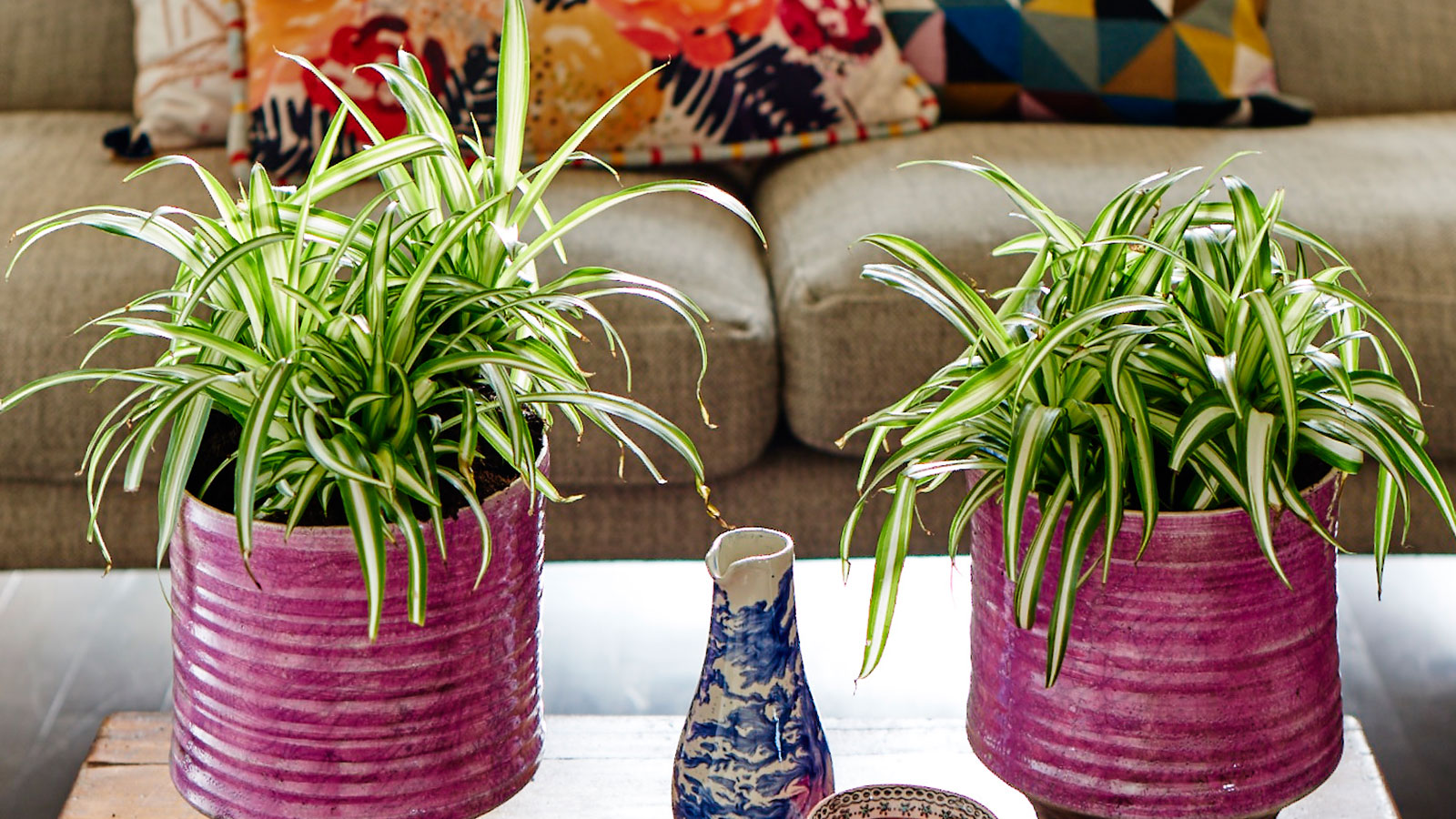
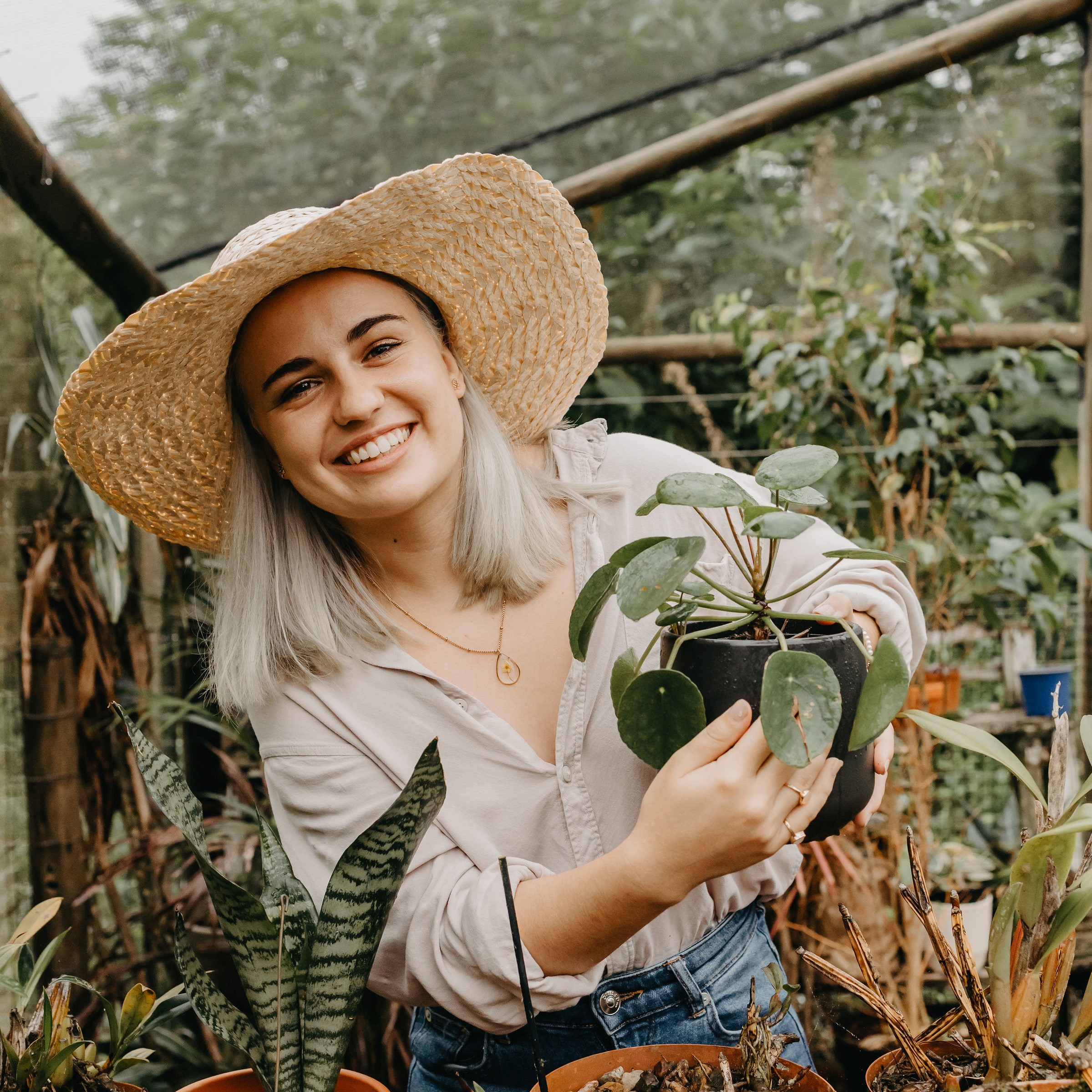
Of the many traditional or retro houseplants making a comeback, the spider plant is one of the most popular. Spider plants (Chlorophytum comosum) are considered one of the top indoor plants on the market as they are ideal for beginner gardeners. The cascading strappy leaves also look wonderful in hanging baskets.
Although these plants aren’t fussy, it's important to give them the right care to help them live longer and produce pups for propagation so you can get extra plants for your collection.
Follow these simple care tips to keep your spider plants healthy year-round.
Spider plant growing conditions
The key to growing great spider plants is to start with the right environment. Luckily these plants are easy indoor plants, they adapt quickly, are able to grow in conditions that differ slightly from what they receive in their native habitats.
1. Sunlight
Like many other houseplants from the tropics, spider plants are produced by growers in greenhouse conditions, ready to be moved indoors after purchase. The closest match to these greenhouse light levels is bright indirect light – areas right next to bright windows but just out of the path of direct sun.
Spider plants can handle some direct sun in the mornings for an extra energy boost. However, intense sunlight can scorch the leaves and lead to brown patches, so indirect light is recommended for most of the day.
These plants are also able to handle low light quite well. However, they won’t grow much or produce any pups for propagation in these conditions. Spider plants are at higher risk of rot in low light, so make sure to check the soil regularly.
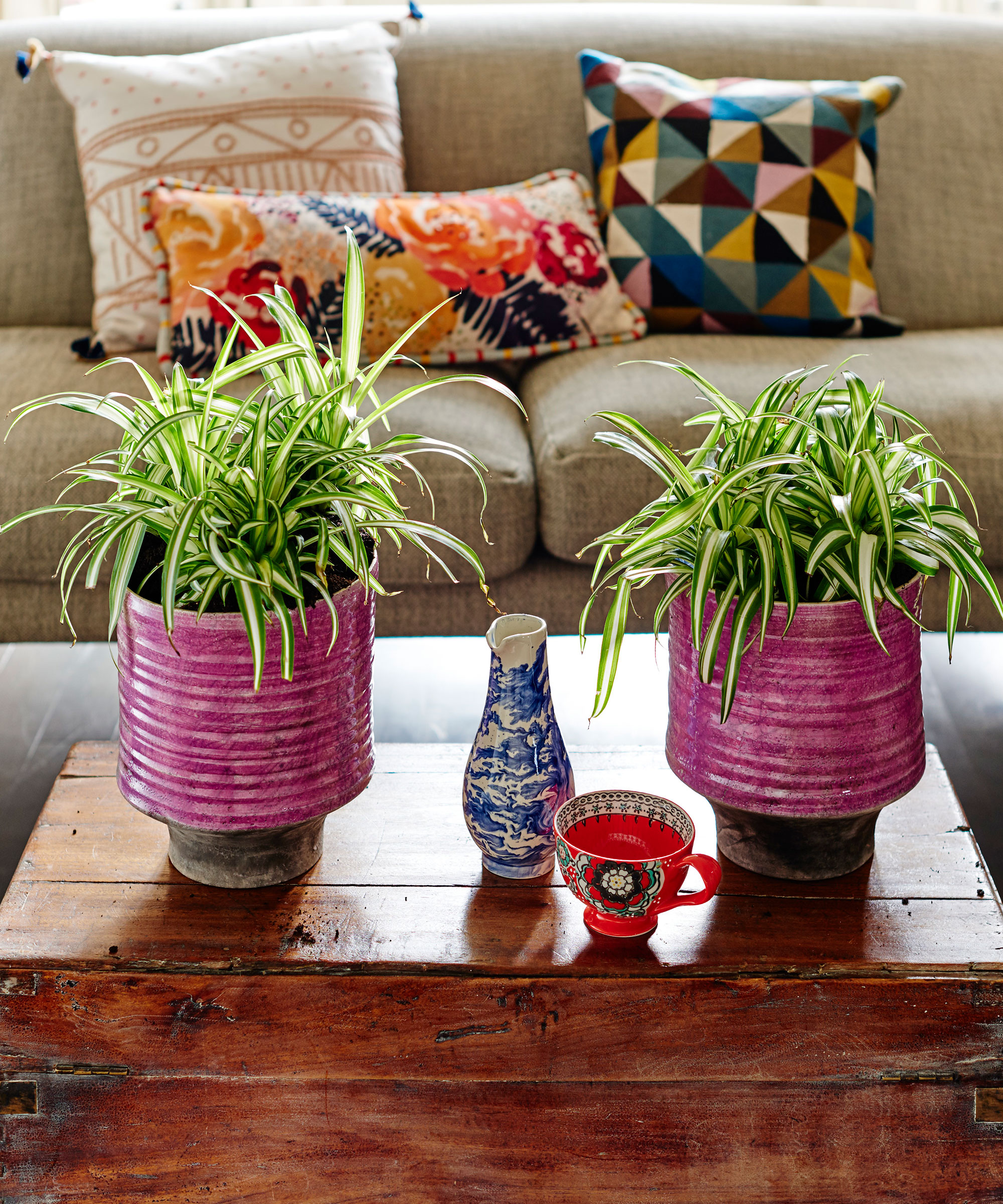
Spider plants will thrive best in bright, indirect light
2. Temperature and humidity
Spider plants are native to southern Africa where they are found in tropical and subtropical areas. Accustomed to warm temperatures and relatively high humidity year-round, they cannot stand the cold.
These plants are typically happy in the same temperatures found in our homes (75˚F), which is just one of the reasons why they make great houseplants. They are not as fussy about humidity as some other tropical plants, and are happy with general humidity levels above 30%.
Try to keep the temperature and humidity around your spider plants as consistent as possible. A common indoor plant mistake is to subject it to rapid changes in environment as this can cause stress and stunt growth. They also shouldn’t be kept in front of drafty open windows or air conditioners for this same reason. I made this mistake once, accidentally placing my spider plant in the path of an air conditioner and within one day, it was already showing signs of struggle.
3. Soil requirements
Soil conditions are one of the most important growing conditions to consider. Luckily, growers initially take care of this for you, planting in the perfect soil mix with ideal texture. But if you need to repot or move your spider plant to a different container, soil choice can make or break spider plant growth.
Regular potting mix or even garden soil typically doesn’t drain well enough for plants kept indoors. Instead, look for a specialized houseplant potting mix containing all the right nutrients and additional materials for drainage.
There are many houseplant potting mix recipes out there. However, the one I’ve found works the most consistently for a wide range of houseplants is a combination of two parts high-quality potting soil, one part coconut coir (or peat moss) and one part perlite to improve drainage.
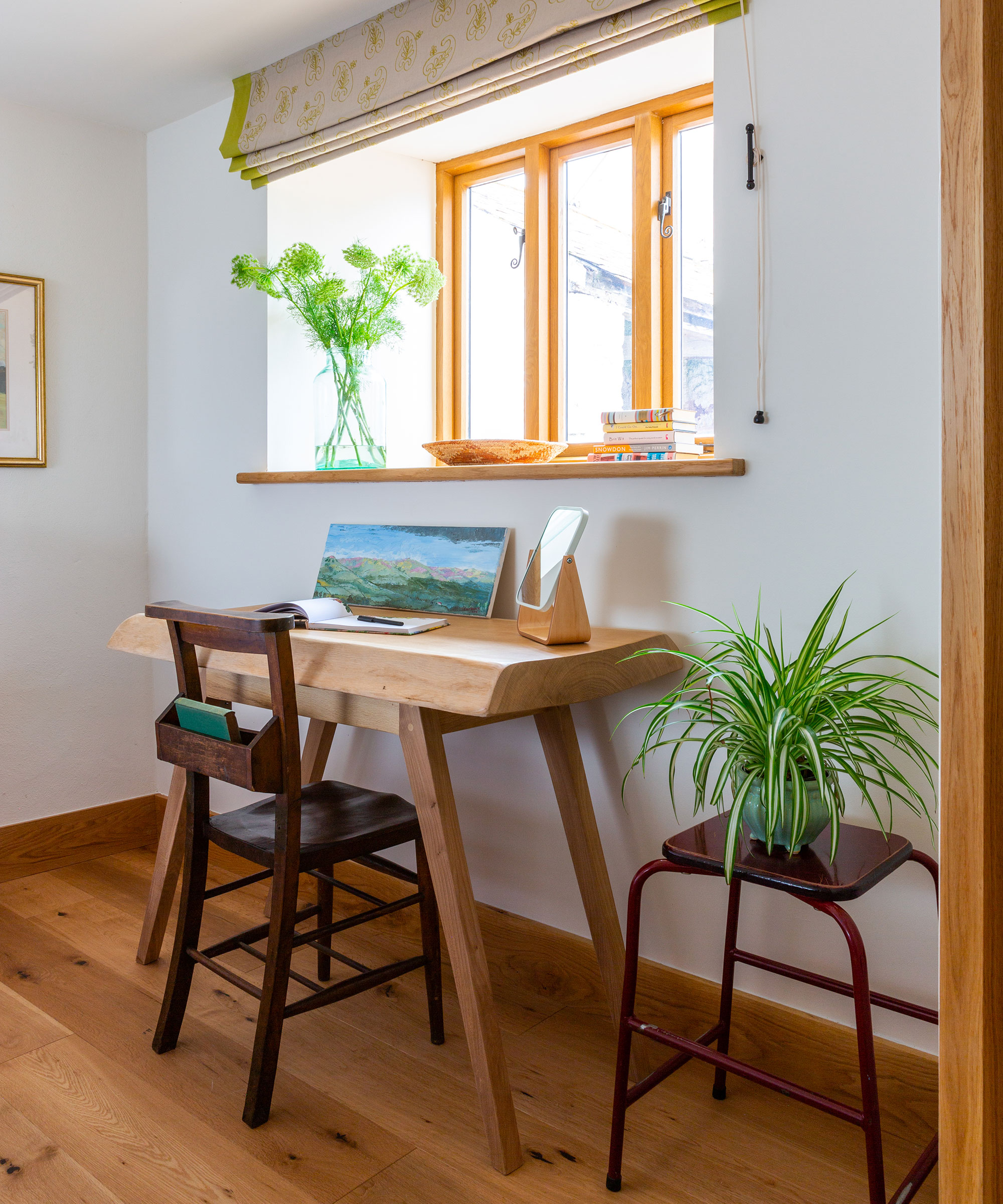
Opt for a specialist houseplant potting mix when repotting your spider plant
Watering a spider plant
Spider plants prefer lightly moist soil for the strongest growth. However, they can handle a missed watering or two well, ideal for forgetful waterers. The only thing they cannot stand is soggy soil caused by overwatering or lack of drainage. This will lead to a deadly condition known as root rot.
When it comes to watering plants, I tend to avoid watering on schedules – like once per week, for example – as this ignores environmental conditions that affect moisture levels in the soil, leading to either underwatering or overwatering. Instead, I test the soil with my finger every few days. When the top layer of soil has completely dried out, I know it’s time to water again.
Fertilizing tips
Contributing to their easy-going character, spider plants don’t need a strict fertilizing schedule to grow well. However, they will need a nutrient boost after a couple of months to make up for lost nutrients in the soil.
For the strongest growth, fertilize your spider plants every 4-6 weeks during spring and summer. Use a half-strength dose to avoid overfertilizing, only applying more if your spider plant is growing poorly. A simple houseplant fertilizer such as this Miracle Gro indoor plant food from Amazon would give them a boost if needed.

A regular dose of plant fertilizer can give your spider plant a boost
Repotting a spider plant
Spider plants grow best when their roots are slightly root bound. This encourages the plant to produce more flowers and pups for propagation. But, once the roots have taken up all the available space and begin growing through drainage holes at the bottom of the container, it’s time to consider repotting.
'Although spider plants aren't as fussy as other indoor plants about being slightly root bound, if the pot they are growing in has cracked or the soil is drying out very quickly in between each watering, it's probably a sign that you need to give them a little more growing space,' says Beth Murton, Head of Gardens for Homes & Gardens. 'Don't go for too big a pot, however, as it can actually cause even more problems for your plant.'
For that reason, you should choose a container only one or two sizes up when repotting. A large container increases the risks of root rot and also makes the plant look diminished. Repotting is also a great time to divide your spider plant to increase your stock. Keep this in mind if you're repotting a fiddle leaf fig or repotting an orchid as you can boost your plant collection then too.
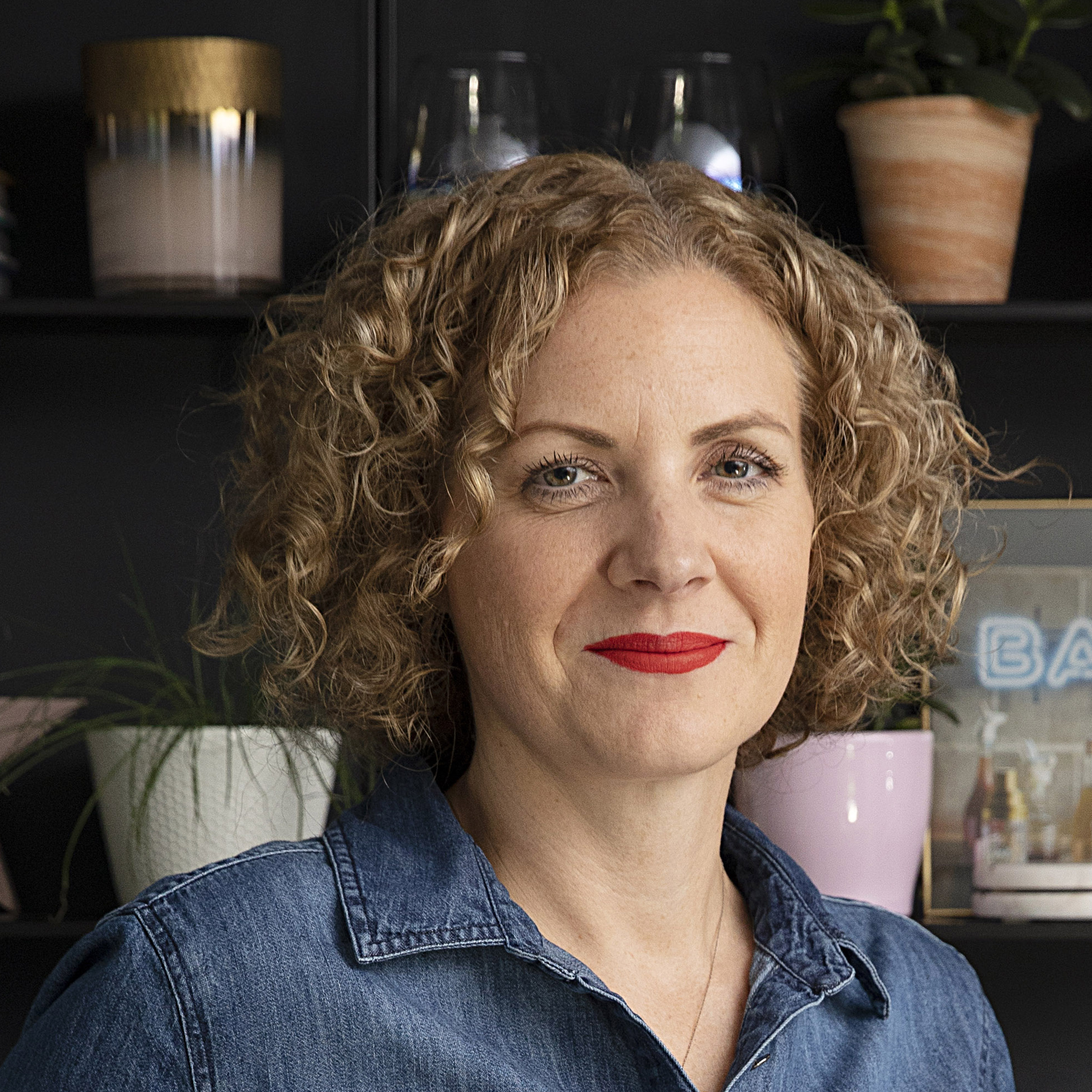
Beth has worked for and contributed to a number of leading magazines in the UK during the last 20 years, including as editor of Real Homes magazine. She was then launch editor of Gardeningetc.com for three years and in 2023 she joined the Homes & Gardens team to bring her knowledge and passion for all things gardening and outdoor living to the site. She has a large collection of houseplants, including two spider plants that she has nurtured for several years.
Common spider plant problems and how to avoid them
Spider plants are known as generally low-maintenance indoor plants, but that doesn’t mean they are without problems. There are a few common issues to look out for and resolve to bring your spider plant back to good health.
- Discoloration in the leaves. Brown spots or patches usually indicate a pest problem or excessive sunlight levels. Pests can be removed with horticultural oil (such as this Bonide All Season Horticultural Oil from Amazon) and lighting issues are easy to resolve by moving the plant out of the path of direct sun.
- Brown leaf edges or tips These usually relate to incorrect care, either in watering or feeding. Underwatering is the most likely cause, but excessively low humidity and overfertilizing are also culprits to consider. Adjust your care routine to improve growth.
- Wilting or spider plant turning yellow This is another sign of underwatering, but can also be caused by overwatering. A closer look at the soil and the roots will tell you which is more likely. In cases of overwatering, you may need to repot, trimming mushy roots and providing fresh soil to remove any fungal issues. Too much water can also be a reason why your peace lily is turning yellow too.

Healthy leaves are a sign of a good watering schedule and care routine
FAQs
Will spider plants grow in low light?
Spider plants can adapt to a wide range of conditions, and can be grown as a low light indoor plant. However, they won’t put out many new leaves or flowers in these conditions. For the strongest possible growth, it’s best to leave your spider plant in an area with bright indirect light.
Are spider plants toxic to pets?
Spider plants aren't considered to be a poisonous plant for dogs, cats or other pets. Those with curious pets that like to nibble can keep these plants around without worry.
Other cat safe indoor plants include kentia palms, aspidistras and calatheas.
Do spider plants attract spiders?
Despite its name, spider plants don't attract spiders. This popular houseplant gets its name from its appearance that resembles a spider. You might, however, spot the common pest spider mites on your spider plant if you have left it underwatered.
By following some simple care tips, a spider plant can be a great addition to your indoor plant collection.
Whether you're a fan of decorating with plants or simply want to green up a corner of your bedroom or living space with a new addition, the easy-going spider plant is a perfect one to try.
Sign up to the Homes & Gardens newsletter
Design expertise in your inbox – from inspiring decorating ideas and beautiful celebrity homes to practical gardening advice and shopping round-ups.

Madison is a garden writer and editor, covering all things outdoors and lifestyle. After completing a BA in History and Political Science, she transformed her years-long passion for plants into a career writing for both digital and print publications. As garden editor of several print titles, Madison focuses on trends and developments in the continuously expanding gardening industry. When not typing away at her desk, she tends to her ever-growing houseplant collection and travels frequently, photographing and reporting on gardens around the world.
-
 I’m an HVAC technician, and this is when I turn my AC on each year – plus 5 checks I always do beforehand
I’m an HVAC technician, and this is when I turn my AC on each year – plus 5 checks I always do beforehandSave yourself an AC hassle by running my checks and turning it on before big heat hits
By Josh Mitchell Published
-
 This simple marble hack elevates my budget-friendly wooden kitchen countertops and prevents the dreaded water damage for way less than you’d think
This simple marble hack elevates my budget-friendly wooden kitchen countertops and prevents the dreaded water damage for way less than you’d thinkThis design trick looks expensive, solves a problem, and was the easiest decision I made during my kitchen reno
By Charlotte Olby Published